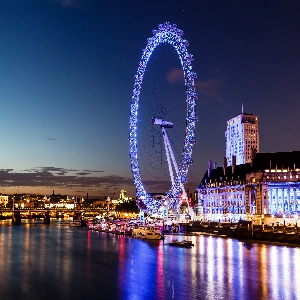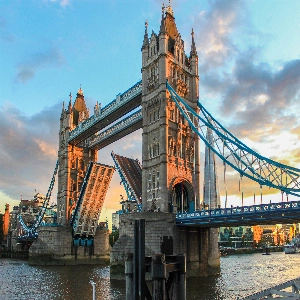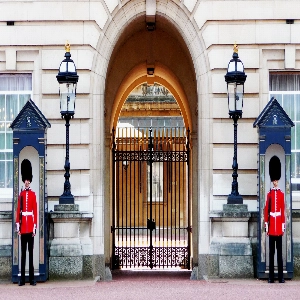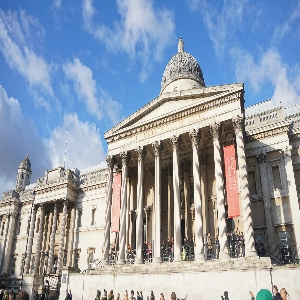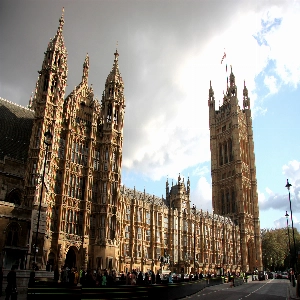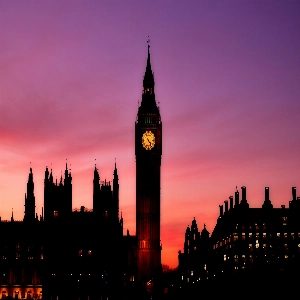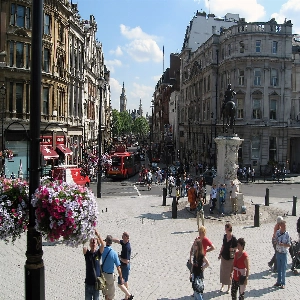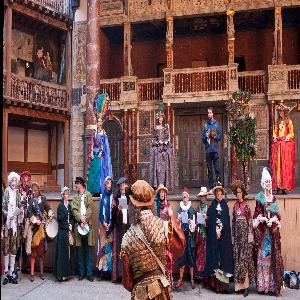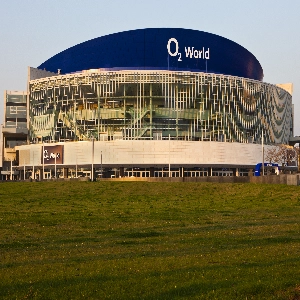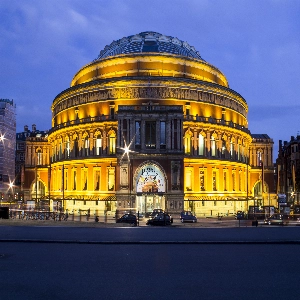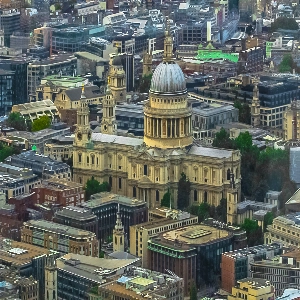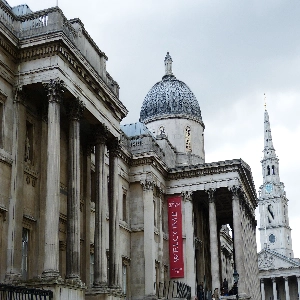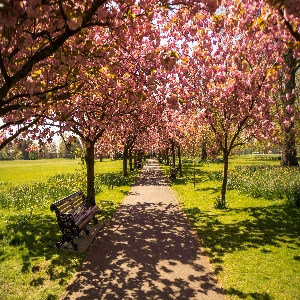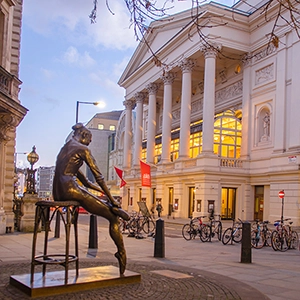Discover Artistic Brilliance At The Tate Modern
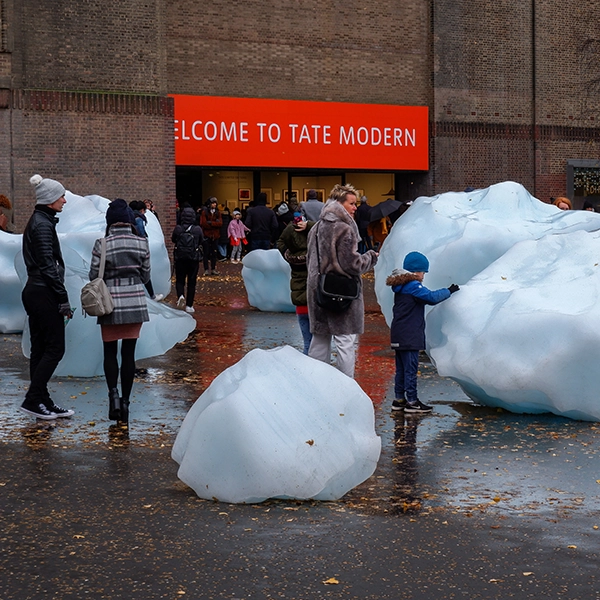
Overview of Tate Modern
Tate Modern is one of the most influential and prestigious museums of modern art in the world. Situated in London, England, it houses an impressive collection of international contemporary art dating from the 20th century onwards. As part of a family of four Tate museums, this renowned institution plays a vital role in showcasing the works of British artists and embracing international art trends for a global audience. Since its establishment in 2000 when it replaced Bankside Power Station, the museum has attracted millions of visitors and has grown considerably in size and scope, becoming the most visited gallery of modern and contemporary art in the world.
Architecture and Building Expansion
Tate Modern was initially housed within the former Bankside Power Station, designed by Sir Giles Gilbert Scott. The architecture of the original building exudes a sense of industrial grandness, featuring a turbine hall that is 152 meters long, 23 meters wide, and 35 meters high. The vast space was transformed by Swiss architects Herzog & de Meuron into a massive exhibition hall, providing an area for visitors to admire large-scale installations and engage with contemporary art.
Significant expansion occurred in June 2016 with the opening of the Switch House building, designed by the same Swiss architecture firm. The 10-story tower features a twisted form with exposed concrete and brickwork, aiming to create a singular and distinguishing silhouette on the London skyline. This addition increased the museum's size by 60% and provided new gallery spaces, education rooms, an auditorium, and a panoramic viewing platform on the tenth floor, allowing visitors to enjoy breathtaking views over the city.
Exhibitions and Art Collections
Tate Modern is renowned for its impressive and diverse collections, embracing various artistic movements, mediums, and disciplines of the 20th and 21st centuries. The museum's curated displays are organized thematically, rather than chronologically, enabling visitors to appreciate the relationships and dialogues between different artists, periods, and influences.
The museum's renowned permanent collection is divided into four major sections: Material Gestures, Poetry and Dream, Energy and Process, and the Transformed Visions. The artworks showcased in these galleries encompass a wide range of mediums, including painting, sculpture, photography, film, installations, and performance, reflecting the breadth of contemporary art practices.
Tate Modern also hosts high-profile temporary exhibitions, presenting the works of internationally acclaimed artists such as Damien Hirst, Yayoi Kusama, and Ai Weiwei. These exhibitions celebrate the museum's commitment to engaging with new practices, ideas, and perspectives in modern and contemporary art, and driving public appreciation and understanding of contemporary visual culture.
Public Programs and Educational Initiatives
Tate Modern's mission extends beyond merely displaying artwork; the museum is committed to fostering creativity, encouraging critical thinking, and promoting knowledge exchange among its audience. As such, the institution places significant emphasis on offering vibrant public programs and educational initiatives that cater to a diverse audience, from young children and families to scholars and artists.
Programs like Tate Exchange embrace collaborative approaches to learning and provide a platform for over 50 partners from various sectors to explore various themes in a dynamic and experimental environment. Other initiatives include workshops, talks, symposia, and film screenings, which enable visitors to examine the methods and ideas behind contemporary art, and engage in discussions about the role and impact of art in society.
Tate Modern and the Local Art Scene
Throughout the years, Tate Modern has significantly contributed to reshaping London's cultural landscape and enhancing the city's artistic reputation. The museum attracts a diverse range of audiences, including local art enthusiasts, tourists, and internationals interested in contemporary and modern art. The impact of the museum's exhibitions and programs on the public imagination has extended beyond its walls, spurring the growth of nearby art institutions, galleries, and independent creative spaces.
Furthermore, Tate Modern's prominence as a global cultural institution has greatly benefited the local and national art scenes. By fostering connections with overseas artists and institutions, and collaborating on various international projects, the museum has helped strengthen creative networks and channels for the exchange of ideas, resources, and expertise between the UK and the rest of the world.
Conclusion
Since its inauguration in 2000, Tate Modern has become synonymous with cutting-edge, progressive contemporary art. Through its extensive and diverse collection, a thought-provoking program of exhibitions and events, and its iconic industrial-turned-contemporary architecture, the museum offers visitors an immersive experience of artistic inspiration from around the world. With its vision set on shaping the future landscape of contemporary art, Tate Modern will continue to play a vital role in nurturing creativity, fostering critical thinking, and expanding global cultural understanding.

